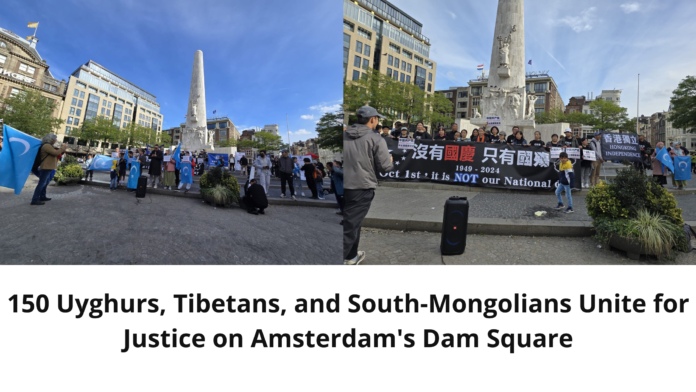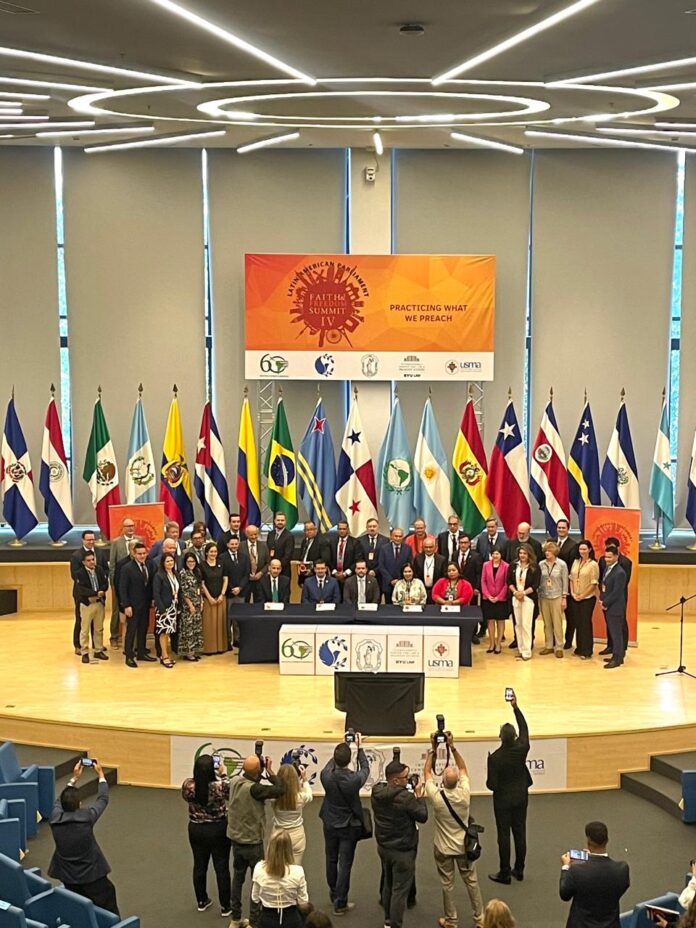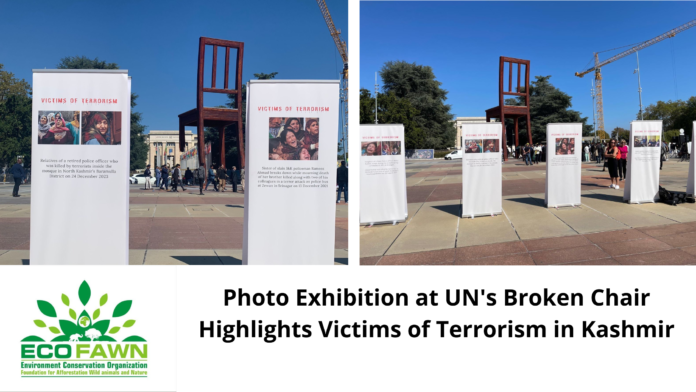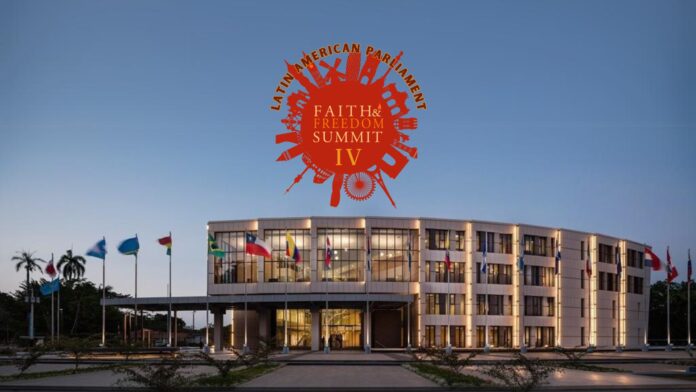AMSTERDAM – On the eve of China’s National Day, Uyghurs, Tibetans, and South-Mongolians gathered on Amsterdam’s iconic Dam Square to demand justice and recognition of human rights abuses. This powerful demonstration, held on September 29, 2024, drew international attention to the ongoing persecution of ethnic minorities in China.
A United Front for Human Rights
The protest brought together diverse communities united in their struggle against oppression. Activists and supporters from around the world stood in solidarity, calling for immediate action to address several critical issues:
1. End of Forced Labor: Protesters demanded the cessation of widespread forced labor practices, particularly in industries such as cotton and textile production.
2. Closure of Concentration Camps: Demonstrators urged the immediate shutdown of detention facilities where millions of Uyghurs and other Turkic Muslims are reportedly held.
3. Restoration of Religious Freedom: Calls were made to end the destruction of mosques and the suppression of Islamic traditions.
4. Preservation of Cultural Heritage: Protesters opposed policies of forced assimilation and advocated for the protection of Uyghur, Tibetan, and Mongolian languages and cultures.
A Powerful Display of Global Resistance
The choice of Dam Square as the protest location proved significant. As a historic center of Dutch democracy and a popular tourist destination, it provided a highly visible platform that captured global attention.
“By uniting our voices in the heart of Amsterdam, we have shone a spotlight on the systematic oppression faced by millions,” said Amina Yusuf, lead coordinator of the event. “The international community must now move beyond words and take concrete actions to hold China accountable.”
Impact and Outcomes
The demonstration saw a turnout of over 5,000 people, including representatives from various human rights organizations and members of the European Parliament. The event featured moving speeches from community leaders and personal testimonies from survivors, culminating in a candlelight vigil that illuminated Dam Square.
Several key outcomes emerged from the protest:
1. Increased media coverage of the human rights situation in China, with major international news outlets reporting on the event.
2. A pledge from Dutch parliamentarians to raise the issue in the next session of parliament.
3. The launch of a new coalition of NGOs dedicated to advocating for the rights of persecuted minorities in China.
Next Steps
Organizers have announced plans for follow-up actions, including a series of educational workshops and a social media campaign to maintain momentum. They continue to call on governments worldwide to impose sanctions on Chinese officials responsible for human rights abuses.
About the Organizers: The protest was organized by a coalition of Uyghur, Tibetan, and Southern Mongolian rights groups, including the World Uyghur Congress, Students for a Free Tibet, and the Southern Mongolian Human Rights Information Center.














